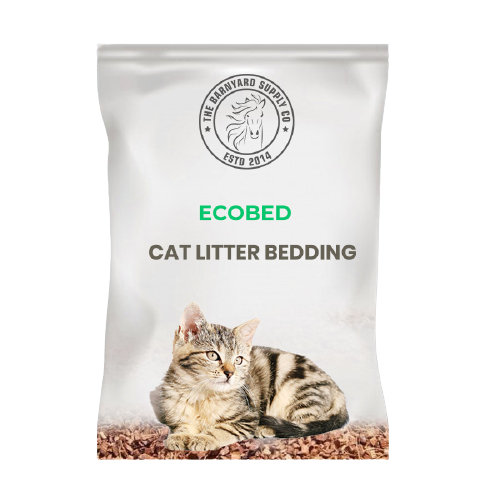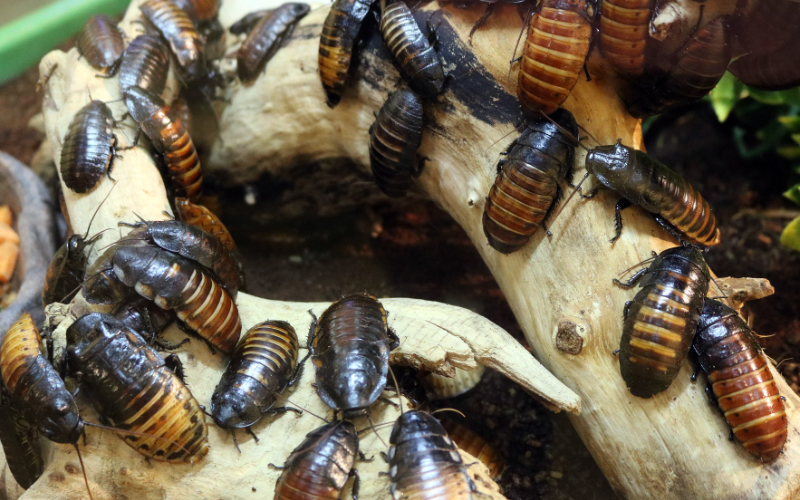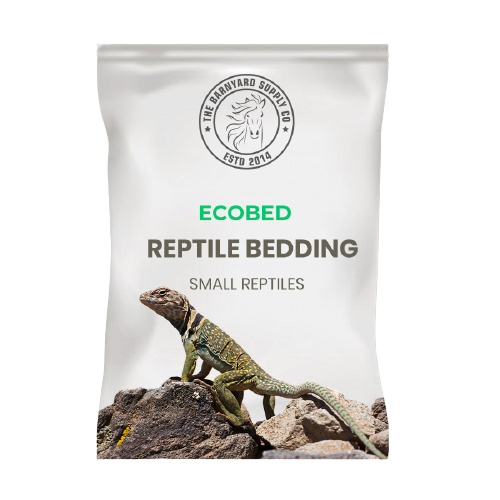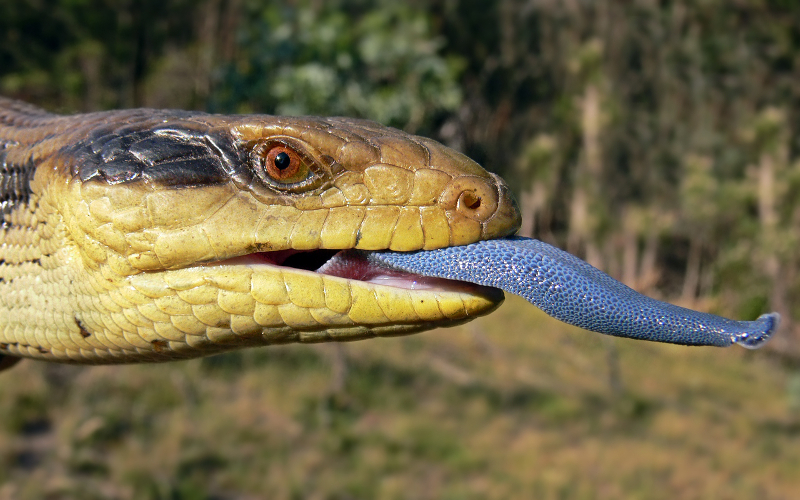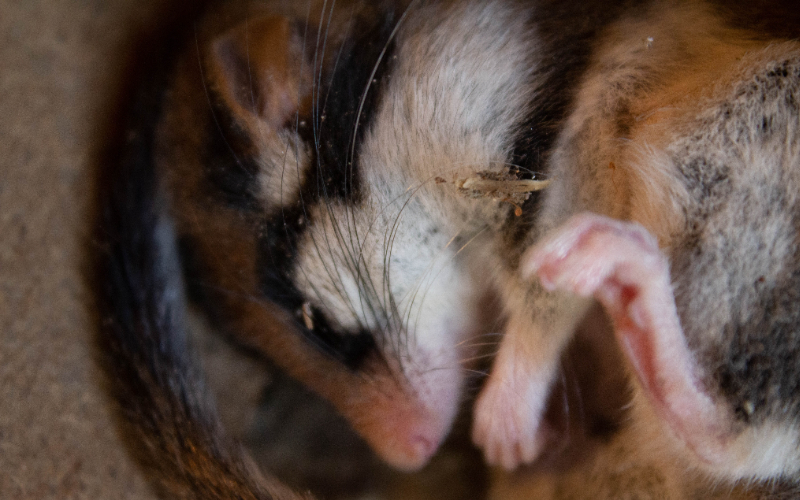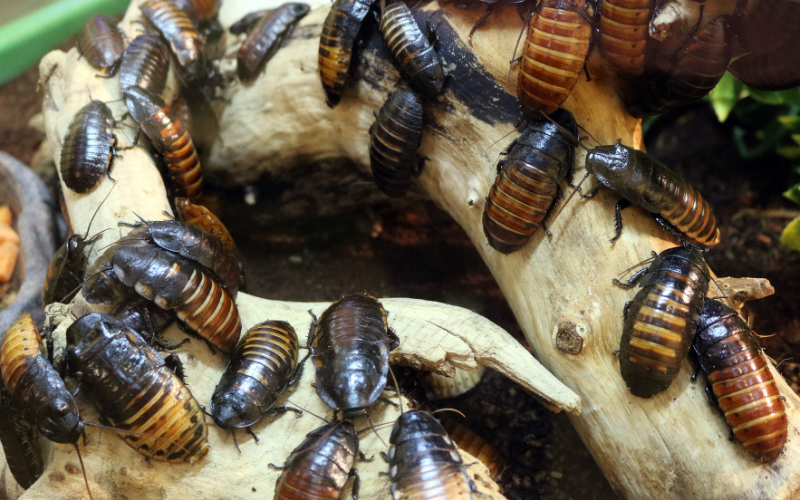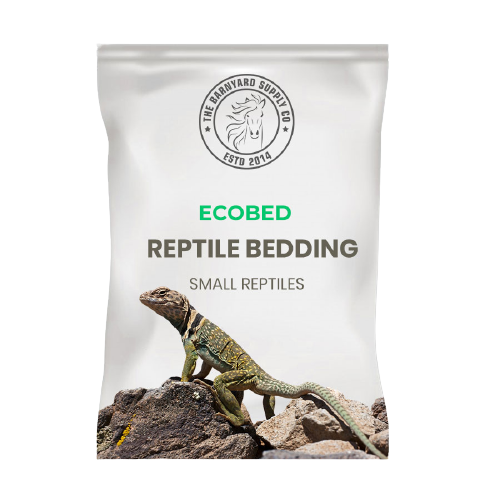Reptiles are excellent pets, but a precautious measure has to be taken for the safety concerns of kids.
Good habits are best acquired at an early age, as is usually the case. Teach your children to treat animals with respect from the start. They will receive years of enjoyment from their reptile pals after they comprehend basic reptile etiquette.
Reptiles are delicate creatures that can easily become frightened if not handled appropriately. Kids, in particular, might inadvertently rough-handle and irritate a reptile pet, thus additional caution should be exercised anytime children handle these kind of animals.

Basically, you should keep deadly reptiles away from kids and keep them locked up. Teach correct handling techniques. Respect for reptiles must be taught to children. Even while part of this behaviour may be appropriate among cats and dogs, they cannot shake, tug, or crush the animal. In self-defense, reptiles may lash out. Choose the appropriate reptile. Humans, especially youngsters, are not fond of handling lizards. On the other hand, certain snake species are more tolerant to youngsters. Geckos are among the most kid-friendly creatures. Chameleons and frogs, in particular, are unsuitable for handling. Claws should be trimmed. Although reptiles are less susceptible to having their claws clipped than cats or dogs, it is possible to keep your youngster from being scratched if you do so. Claws of iguanas, in particular, should be cut on a regular basis.
Health Risks To Your Child
Salmonella and botulism are two diseases and illnesses that reptiles may transfer on to your child. These are the most serious dangers.
Salmonella is a bacterial infection. Diarrhoea, vomiting, headaches, fever and stomach cramps are all symptoms of the sickness. It can also cause dehydration and blood infections. Salmonella is a threat to reptiles of all kinds. Handwashing helps to lessen the danger.
Botulism is a dangerous and potentially fatal illness. Clostridium is the germ that causes it. It causes death and paralysis. Clostridium is a common bacteria found in reptiles. Botulism is especially dangerous to babies and infants under the age of one. Botulism is caused by bacteria that are widespread in aquatic reptiles. Reptiles that dwell in water, such as turtles, are examples of aquatic responses.
Keeping Clean Around Reptiles Can Help To Reduce Health Risk

You should presume that at least one dangerous germ has infected your reptile. After coming into touch with reptiles, wash your hands and your child’s hands. After handling your reptile or anything it has touched, avoid touching your mouth. Wait till you’ve thoroughly washed your hands. Teach your youngster to follow in your footsteps. Reptiles should not be allowed in any place where food is produced or consumed. Wash the surfaces wherein the reptile has come in contact, with hot water. Your reptile should only be washed in its own basin. Never ever waste water and faeces should be flushed down the toilet or poured down the drain. When cleaning tanks, cages, and equipment, always use disposable gloves and wash your hands afterward. Clean any clothing that has come into touch with your reptile in a hot wash.
Reasons why kids should have pets
Pets Teach Empathy To Kids
Young children are frequently self-centered. The good news is that knowing how to properly care for a pet can aid in the development of empathy in youngsters. Children will discover how their pets react to changes in their habitat and room environment as they care for them. Indeed, you might be amazed at how fast youngsters learn up on their new pet’s likes and dislikes. Having a pet allows youngsters to view things through the eyes of a pet, which is a precursor to seeing things through the eyes of people.
Pets Teach Responsibility To Children
Taking care of an animal creates responsible instincts in your children. Even if your child is extremely small, he or she will be able to fill a dish with food or water. As your child becomes increasingly capable of caring for their pet, you may gradually give them greater responsibility.
Pets Build Confidence Into Children
Caring for a pet may be your child’s first “job.” Your youngster will realise how capable they are with responsibility if they complete their task effectively. This will boost their confidence and, hopefully, provide them with additional opportunities to demonstrate their responsibilities.
Conclusion
Introducing children to a variety of animals at a young age and educating them about them helps to teach compassion and respect for every living creatures, as well as refute and address unreasonable concerns. Only animals with an anxious or violent disposition are not allowed. That would apply to all species, not only reptiles and invertebrates.





